In a world where first impressions are often made in mere seconds, our clothing choices serve as an unspoken language—a vibrant tapestry woven from the threads of our personality and mood. The art of dressing extends beyond mere functionality; it is a profound form of self-expression, a way to convey who we are without uttering a single word. From the bold hues that exude confidence to the soft textures that evoke comfort, each garment we wear holds the power to tell a story. In this exploration of ”Dressing to Express,” we will delve into the intricate relationship between fashion and identity, uncovering how our attire can brilliantly mirror our inner selves and influence the world around us. Join us as we embrace the artistry of clothing, celebrating the myriad ways it can illuminate, uplift, and transform not just our outward appearances, but our very experiences of everyday life.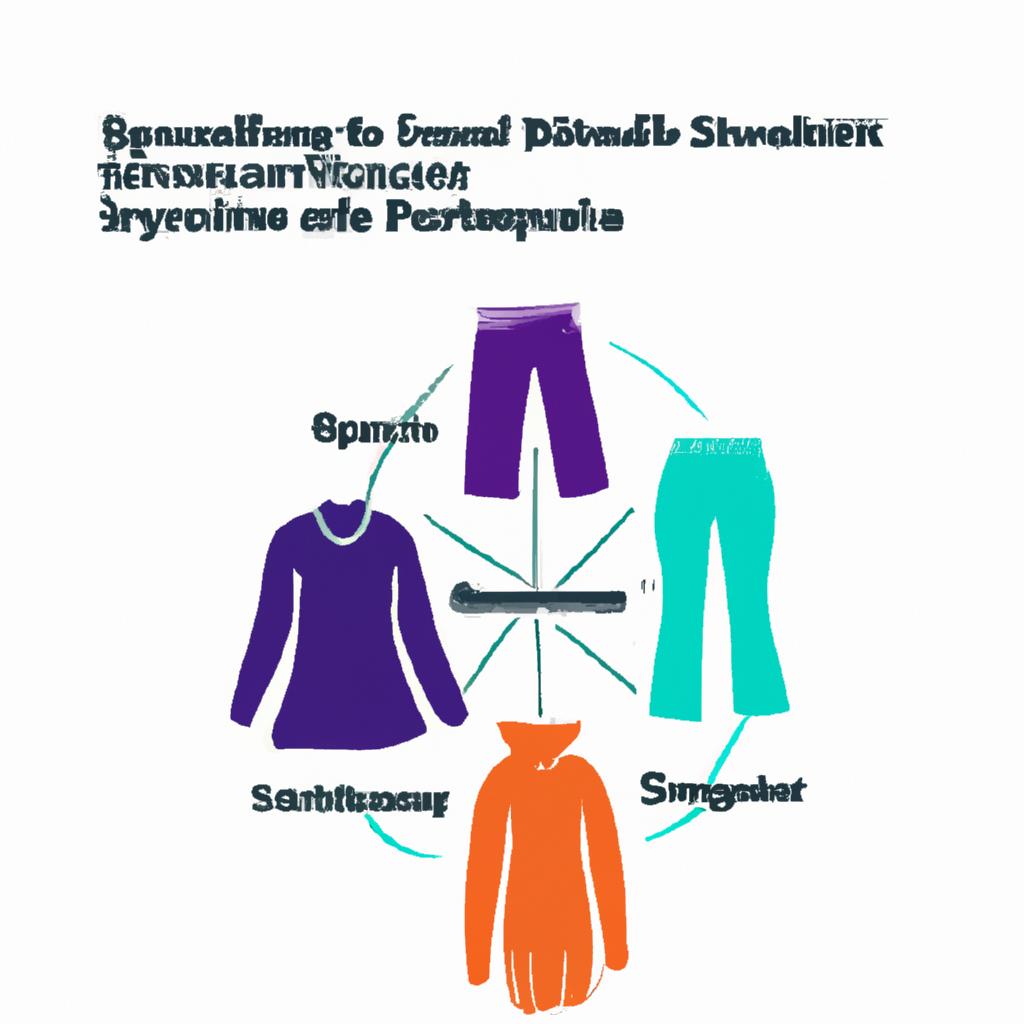
Exploring Your Style Spectrum: Understanding the Connection Between Clothing and Identity
Fashion is more than just textiles stitched together; it is a vivid language woven from fabric that speaks to our identity and initiatives. Each garment we choose is a brushstroke on the canvas of our personal narrative, allowing us to express our **mood**, **values**, and **individuality** with every wear. Our wardrobes tell stories, encapsulating moments and feelings that can resonate with others or stand apart. By understanding the emotional connection we have with our clothing, we can embrace a spectrum of styles that range from the daring and avant-garde to the classic and timeless. This exploration encourages us to rethink what we wear, recognizing that each outfit can be a form of self-expression, reflecting not just how we feel but who we aspire to become.
Recognizing the connection between clothing and identity leads us to consider how different styles can enhance our self-perception and influence social interactions. Here are several factors that play a critical role in this dynamic relationship:
- Cultural Influences: Fashion often mirrors our heritage, providing a visual representation of culture.
- Personal Experiences: Clothing can evoke memories, such as a favorite dress worn on a significant occasion.
- Social Context: Dressing for various environments helps navigate societal expectations and norms.
- Emotional State: Colors and fabrics can uplift, comfort, or ground us during different emotional phases.
Through understanding these factors, we begin to appreciate the intricate tapestry of our personalities developed through style. The following table illustrates some clothing types and their common associations for a clearer perspective:
| Clothing Type | Common Associations |
|---|---|
| Casual wear | Comfort, relaxation, approachability |
| Business attire | Professionalism, authority, confidence |
| Glamorous outfits | Self-expression, celebration, boldness |
| Vintage clothing | Nostalgia, uniqueness, creativity |
The colors we adorn, the cuts we choose, and even the trends we follow converge to create a kaleidoscope of identity that defines us uniquely in the world.
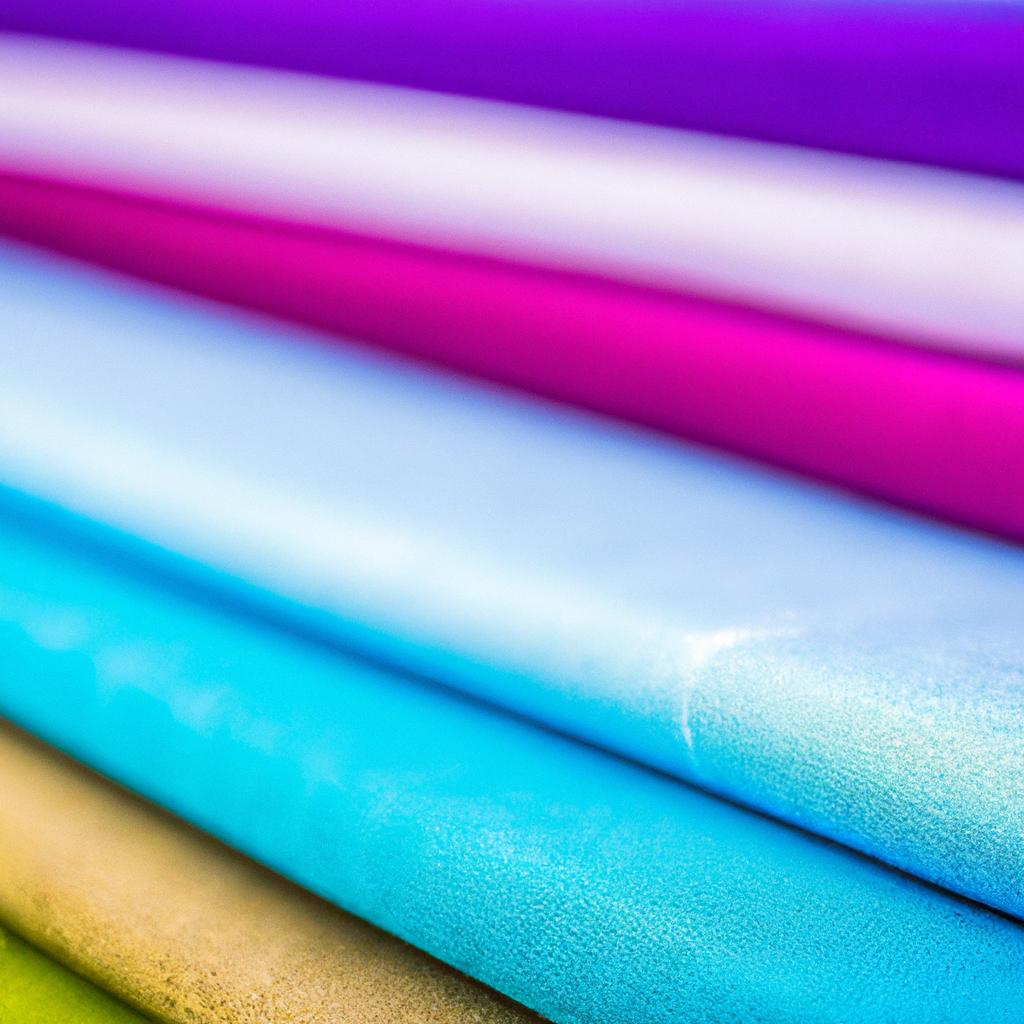
Fabric and Feeling: How Textures and Colors Influence Emotions and Self-Expression
Textures and colors serve as the silent language of clothing, weaving a narrative that speaks volumes about individuality and mood. From the delicate touch of silk that whispers luxury to the robust embrace of denim that evokes a sense of security, the fabric we choose can dramatically shift our emotional experience. Likewise, colors wield powerful influence, triggering responses that often stem from deep psychological associations. For instance, warm hues such as red and orange may ignite passion and energy, while cool tones like blue and green foster calmness and introspection. The choice of fabric and color together creates a canvas on which we paint our identity, allowing for a unique expression that resonates with who we truly are.
Consider the impact of incorporating varied textures into your wardrobe. The following textures can elevate your self-expression:
- Velvet: Exudes opulence and warmth, perfect for creating an inviting aura.
- Linen: Breathable and relaxed, often signifying a laid-back, carefree spirit.
- Leather: Denotes resilience and a touch of rebelliousness, appealing to the confident individual.
- Mesh: Suggests a modern, adventurous vibe, suitable for the bold and trendsetting.
To visualize the relationship between texture, color, and emotion, the following table outlines key associations:
| Color | Texture | Emotional Impact |
|---|---|---|
| Red | Silk | Passionate and Intense |
| Blue | Cotton | Calm and Trustworthy |
| Green | Wool | Refreshingly Rejuvenating |
| Yellow | Linen | Cheerful and Uplifting |
By consciously selecting clothing that combines these textures and colors, you can curate an outfit that not only reflects your personality but also channels your emotional state. As you dress each day, remember that every fabric and hue possesses the potential to articulate your feelings, thus transforming your wardrobe into a true extension of your inner self.
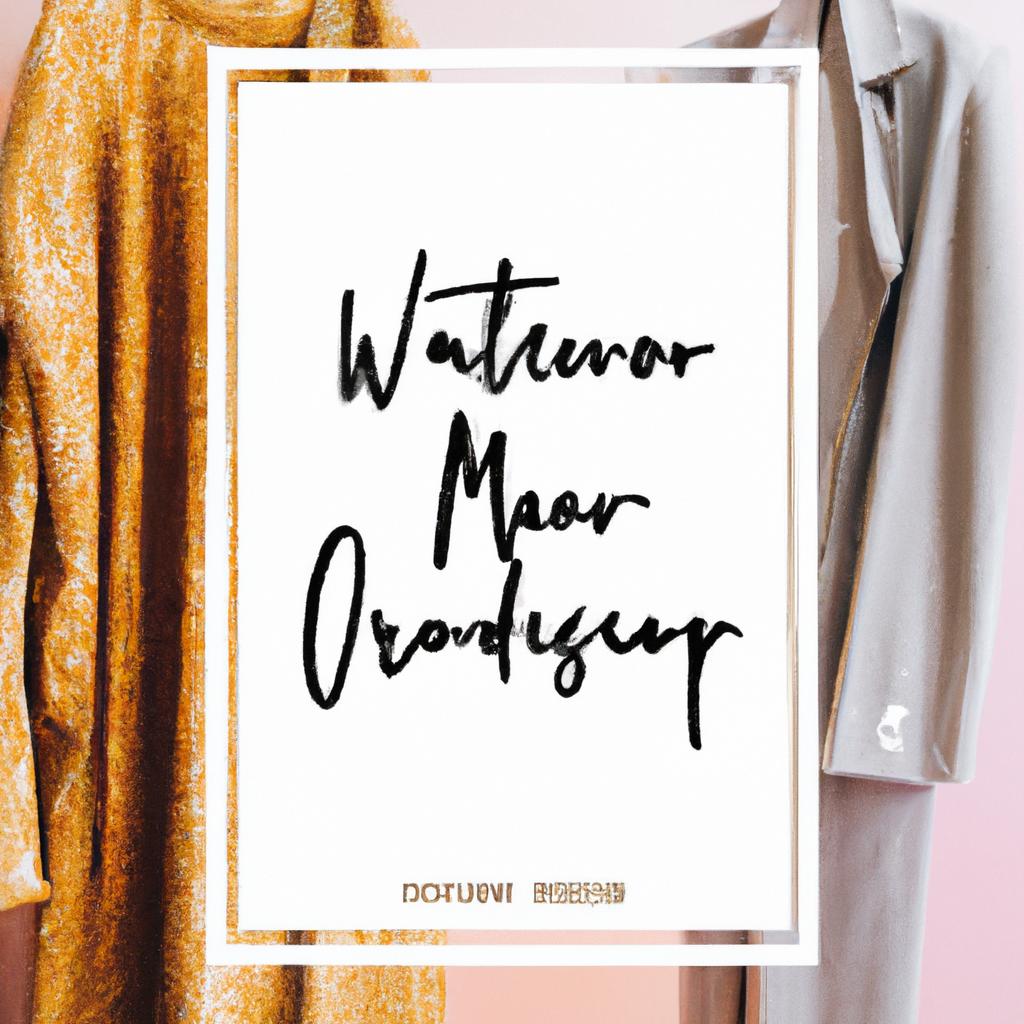
Wardrobe Curation: Building a Collection That Speaks to Your Inner Self
Curating a wardrobe is not merely about gathering clothes but rather creating a personal narrative through style. Each piece should resonate with your unique essence, reflecting your mood, aspirations, and individuality. When you open your closet, it should feel like stepping into an extension of your personality—a canvas ready for self-expression. To foster this connection, consider the following approaches:
- Embrace Versatility: Select clothing that can be mixed and matched for various occasions, allowing you to embody different facets of yourself.
- Choose Colors Wisely: Utilize a color palette that aligns with your mood and energy, evoking emotions that resonate with your inner self.
- Invest in Quality: Prioritize well-made items that not only look good but also feel good, enhancing your confidence and comfort.
Beyond aesthetics, each garment should evoke a sense of connection and meaning. Think about your wardrobe as a collection of stories waiting to be told. Incorporate pieces that are milestones in your journey, from a vintage find that sparks nostalgia to a bold statement item that reflects growth. To streamline this process, you can utilize the following chart to categorize your collection:
| Category | Example Items |
|---|---|
| Everyday Essentials | T-shirts, jeans, classic sneakers |
| Statement Pieces | Bold jackets, unique accessories, designer shoes |
| Sentimental Favorites | Heirloom garments, travel souvenirs, gifts from loved ones |
Key Takeaways
In a world where fashion often speaks louder than words, embracing the art of dressing to express becomes not just a choice, but a powerful statement of identity. Each garment you don carries the potential to communicate your innermost feelings, your unique personality, and the myriad moods that shape your daily life. From the vibrant hues that ignite your spirit to the textures that offer comfort, your wardrobe is a canvas waiting to display the masterpiece of who you are.
As you navigate the journey of self-expression through clothing, remember that it’s not about adhering to trends or fitting into predefined molds; it’s about celebrating your distinctiveness. So, the next time you stand before your wardrobe, ask yourself: what story do I want to tell today? With intention and creativity, let your attire reflect the genuine essence of you—an ever-evolving blend of experiences, aspirations, and emotions.
Embrace the transformative power of your clothing, and let each outfit be an invitation for the world to see you, not just for how you look, but for who you truly are. After all, dressing to express is not merely a style—it’s a vibrant dialogue between you and the world around you.

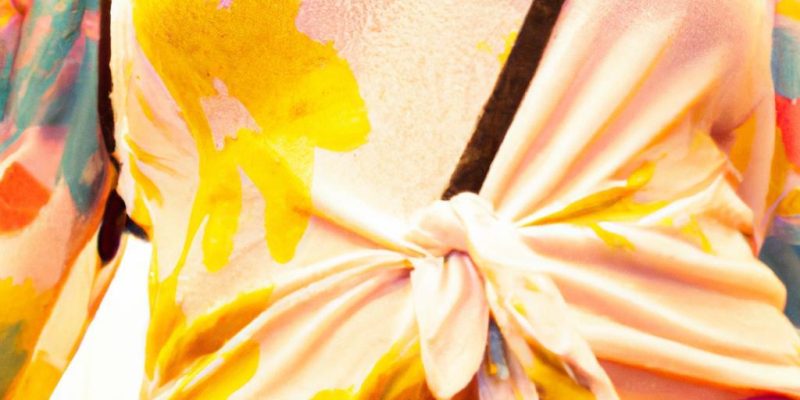










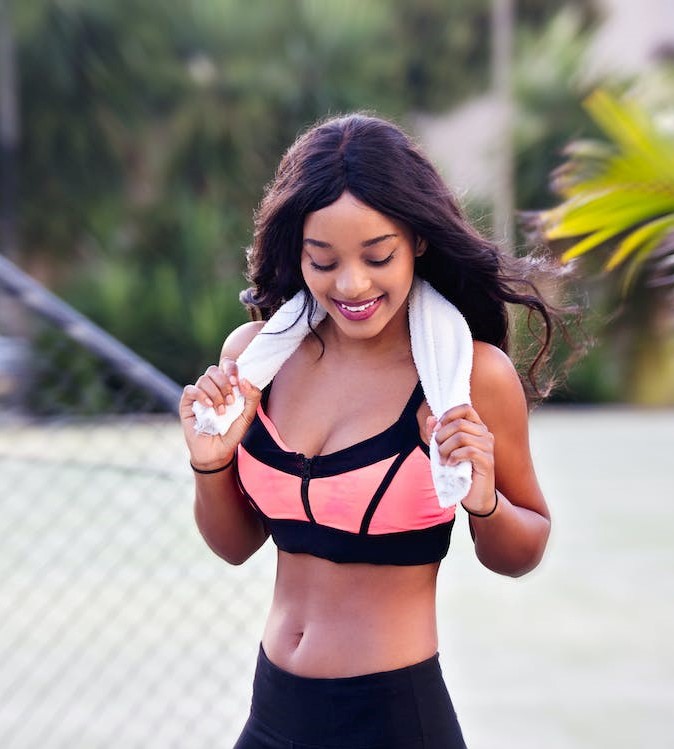

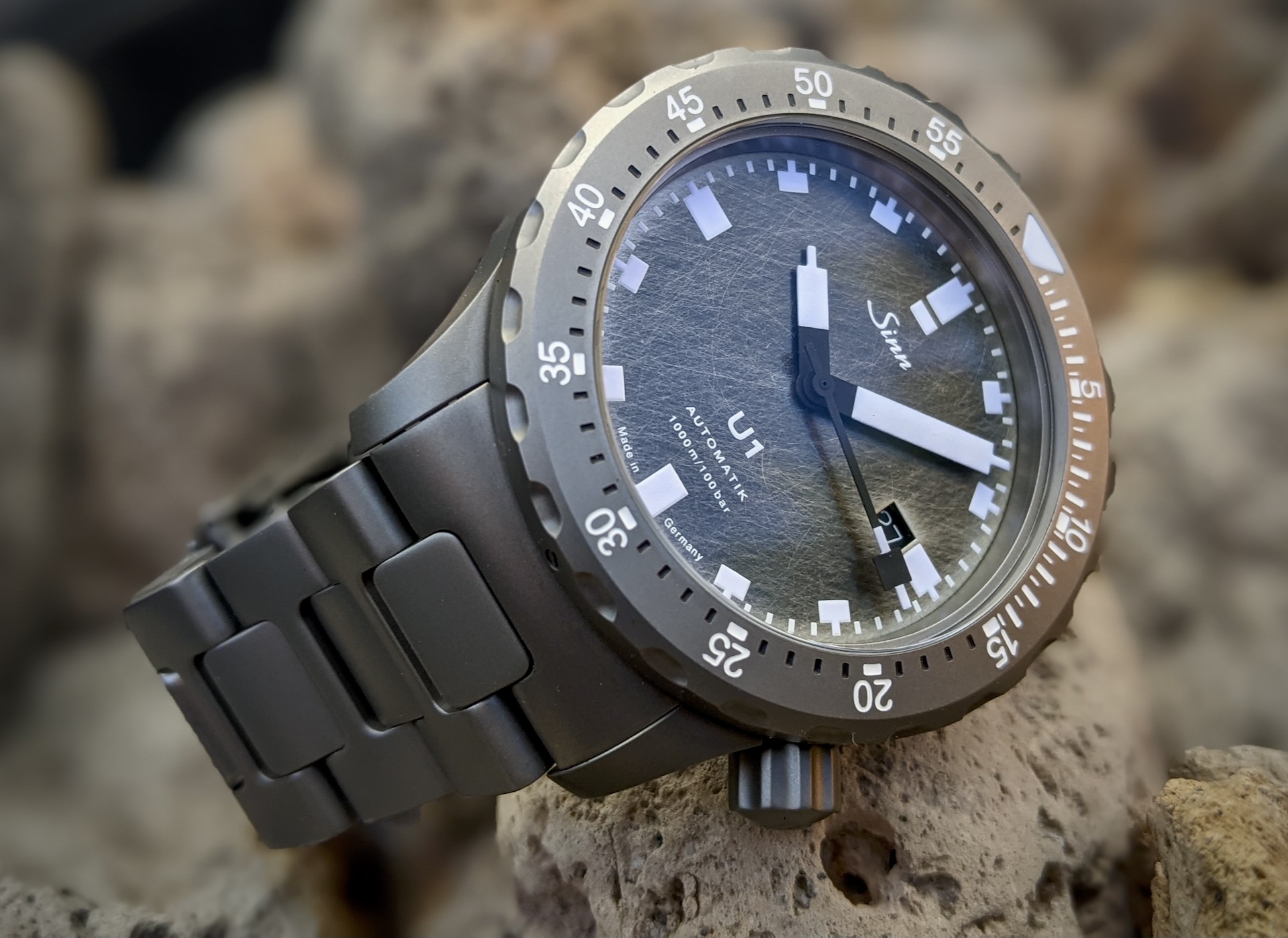

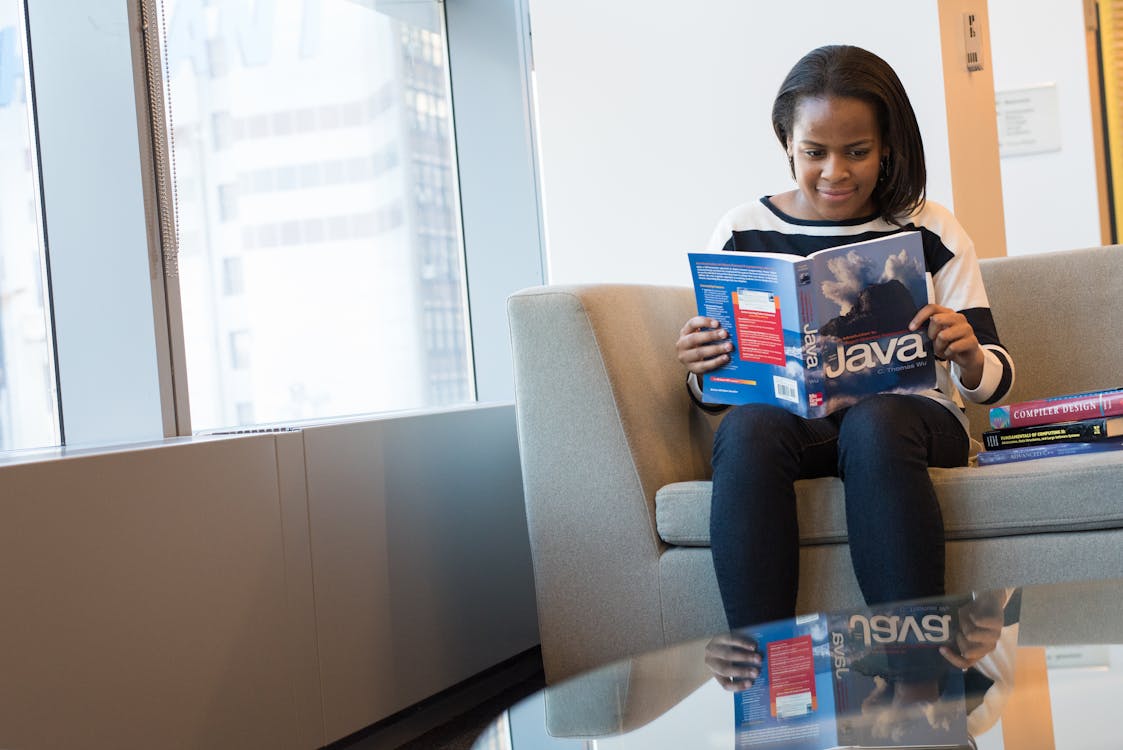

Comments